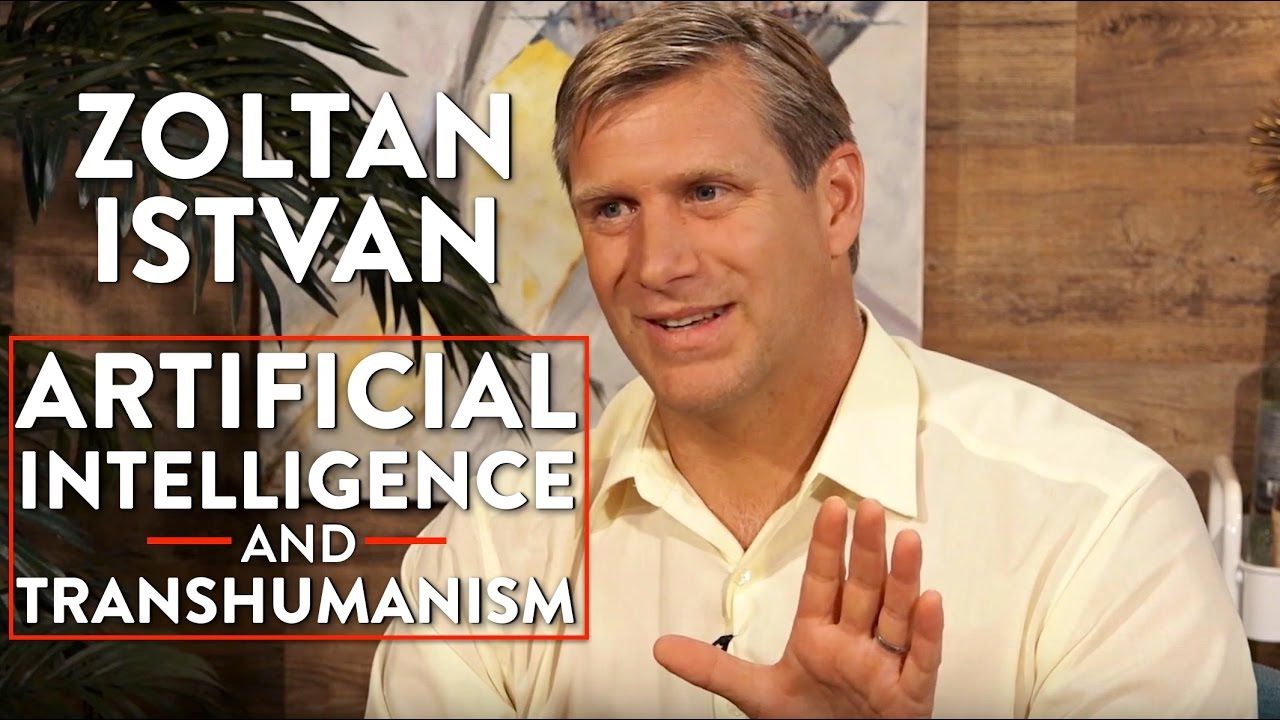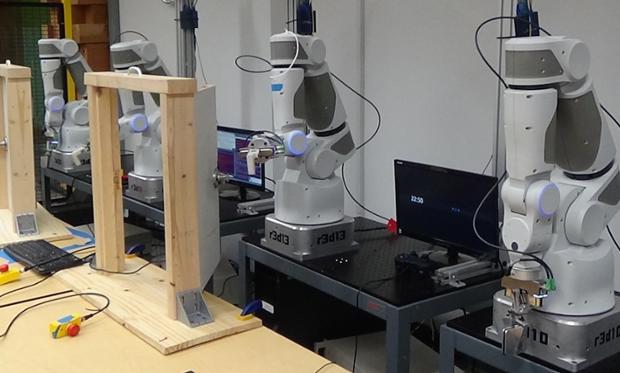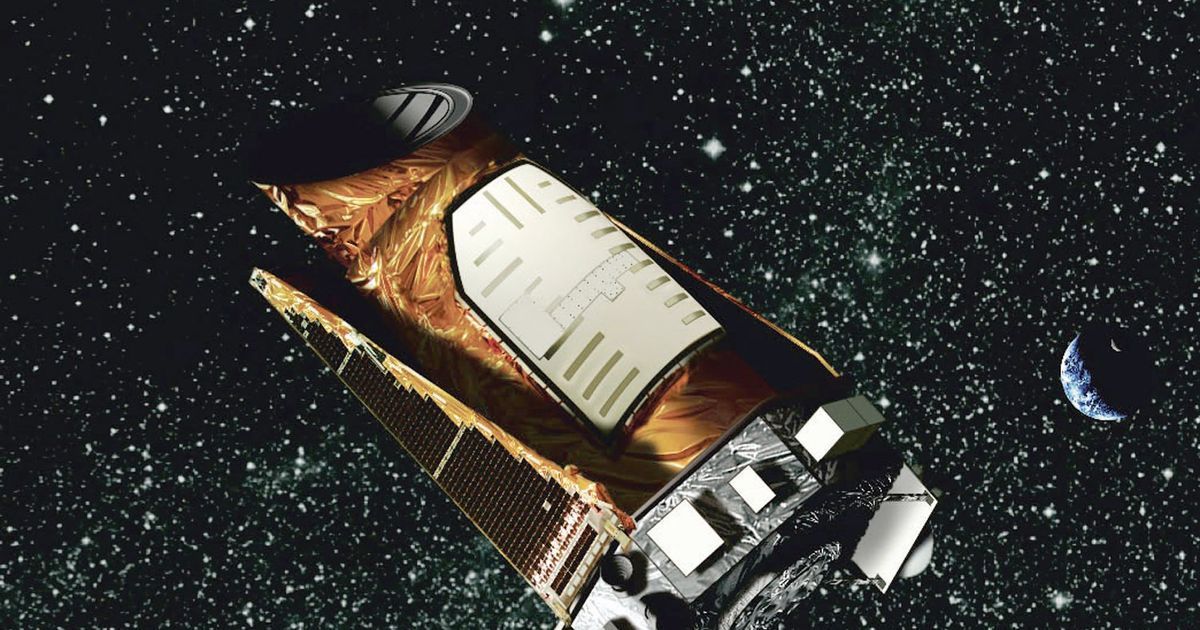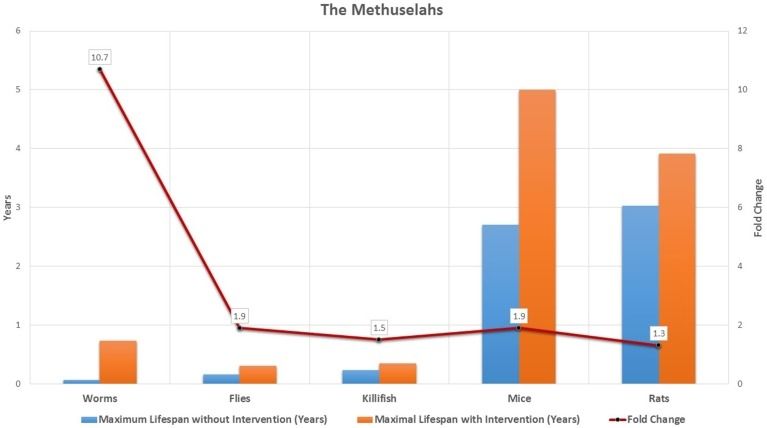Page 10819
Oct 5, 2016
China Plans World’s Largest Spaceplane For 2020 Launch
Posted by Andreas Matt in category: space travel
In Brief.
- The spaceplanes are designed for repeated use, clocking in as many as 50 flights per usable lifespan.
- A ride could cost between $200,000 to $250,000.
Imagine the hybrid of a rocket and a sleek airplane, blasting off and taking you all the way up to outer space. China might be offering just that in a few years.
Oct 5, 2016
Zoltan Istvan on Transhumanism and Artificial Intelligence (Part 1)
Posted by Zoltan Istvan in categories: geopolitics, robotics/AI, transhumanism

Here’s my 20-min interview on transhumanism and AI for The Rubin Report:
Zoltan Istvan (Transhumanist and Presidential Candidate) joins Dave Rubin to discuss his candidacy for president under the transhumanist Party, and his views on artificial intelligence. ***Subscribe: https://www.youtube.com/subscription_center?add_user=RubinReport
Continue reading “Zoltan Istvan on Transhumanism and Artificial Intelligence (Part 1)” »
Oct 5, 2016
An Example of the Glaring Lack of Ambition in Aging Research
Posted by Steve Hill in categories: biotech/medical, life extension
Scientific progress is being held back by established experts who lack ambition and vision.
The mainstream of aging research, at least in public, is characterized by a profound lack of ambition when it comes to treating aging as a medical condition. Researchers talk about slightly altering the trajectory of aging as though that is the absolute most that is possible, the summit of the mountain, and are in many cases ambivalent when it comes to advocating for even that minimal goal. It is this state of affairs that drove Aubrey de Grey and others into taking up advocacy and research, given that there are clear paths ahead to rejuvenation, not just a slight slowing of aging, but halting and reversing the causes of aging. Arguably embracing rejuvenation research programs would in addition cost less and take a much shorter span of time to produce results, since these programs are far more comprehensively mapped out than are efforts to produce drugs to alter the complex operations of metabolism so as to slightly slow the pace at which aging progresses. It is most frustrating to live in a world in which this possibility exists, yet is still a minority concern in the research community. This article is an example of the problem, in which an eminent researcher in the field takes a look at a few recently published books on aging research, and along the way reveals much about his own views on aging as an aspect of the human condition that needs little in the way of a solution. It is a terrible thing that people of this ilk are running the institutes and the funding bodies: this is a field crying out for disruption and revolution in the name of faster progress towards an end to aging.
Quote:
Continue reading “An Example of the Glaring Lack of Ambition in Aging Research” »
Oct 5, 2016
Wisdom teeth being saved for stem cell use
Posted by Steve Hill in category: biotech/medical
Finally a better ROI than selling them to the tooth fairy!
HOUSTON — A lot of research has been done on the benefits of saving stem cells from a baby’s umbilical cord, but not all parents realize the same cells can be taken from a child’s tooth that falls out or from a wisdom tooth.
A couple of weeks ago, 19-year-old Sydney Addicks had her wisdom teeth removed and saved in case of an emergency.
Continue reading “Wisdom teeth being saved for stem cell use” »
Oct 5, 2016
‘Alien megastructure’ star keeps getting more mysterious
Posted by Sean Brazell in category: alien life
A mysterious star that some astronomers believe could harbor an “alien megastructure,” continues to confound researchers.
A study accepted for publication in the Astrophysical Journal has only “deepened the mystery” surrounding the strange light pattern emitted from the star known as KIC 8462852.
Josh Simon of the Carnegie Institute and Ben Montet of Caltech analyzed data gathered by the Kepler space telescope during the four-year period the telescope observed KIC 8462852, Carnegie Science said in a statement.
Continue reading “‘Alien megastructure’ star keeps getting more mysterious” »
Oct 5, 2016
Could this be the first nuclear-powered airliner?
Posted by Andreas Matt in categories: nuclear energy, transportation
A supersonic airliner that flies at three times the speed of sound – and runs on nuclear fusion. Stephen Dowling investigates the challenges of making airliners run on atomic power.
Oct 5, 2016
Lifespan.io / Life Extension Advocacy Foundation
Posted by Steve Hill in category: life extension
Oct 5, 2016
It is time to classify biological aging as a disease
Posted by Steve Hill in categories: biotech/medical, health, life extension, neuroscience
Classifying aging as a disease, the debate is hotting up as ICD11 at WHO draws near.
What is considered to be normal and what is considered to be diseased is strongly influenced by historical context (Moody, 2001/2002). Matters once considered to be diseases are no longer classified as such. For example, when black slaves ran away from plantations they were labeled to suffer from drapetomania and medical treatment was used to try to “cure” them (Reznek, 1987). Similarly, masturbation was seen as a disease and treated with treatments such as cutting away the clitoris or cauterizing it (Reznek, 1987). Finally, homosexuality was considered a disease as recently as 1974 (Reznek, 1987). In addition to the social and cultural influence on disease definition, new scientific and medical discoveries lead to the revision of what is a disease and what is not (Butler, 2008). For example, fever was once seen as a disease in its own right but the realization that different underlying causes would lead to the appearance of fever changed its status from disease to symptom (Reznek, 1987). Conversely, several currently recognized diseases, such as osteoporosis, isolated systolic hypertension, and senile Alzheimer’s disease, were in the past ascribed to normal aging (Izaks and Westendorp, 2003; Gems, 2011). Osteoporosis was only officially recognized as a disease in 1994 by the World Health Organization (WHO, 1994).
Continue reading “It is time to classify biological aging as a disease” »
Oct 5, 2016
How we can profit from winning the battle against ageing
Posted by Steve Hill in categories: biotech/medical, health, life extension
How society can profit from treating age-related diseases.
We’re now living longer than ever – only to suffer from diseases of old age. New therapies promise a new lease of life for the elderly – and big profits for investors, says Matthew Partridge.
Over the past century, average life expectancy in most countries has grown substantially. Vastly lower infant mortality, improved living standards, better public sanitation, and the discovery of cures or vaccines for many once-deadly diseases, have seen average life expectancy in most developed nations rise to around 80, compared with 50 in 1900. Developing nations have benefited too. Life expectancy in China, for example, was just 43 in 1960 – it’s 75 today. Indeed, according to the World Health Organisation, no individual nation outside Africa now has a life expectancy of below 60, and even Africa has seen huge gains since 2000, helped by improved anti-malarial measures and wider availability of HIV/Aids treatments.
Continue reading “How we can profit from winning the battle against ageing” »

















